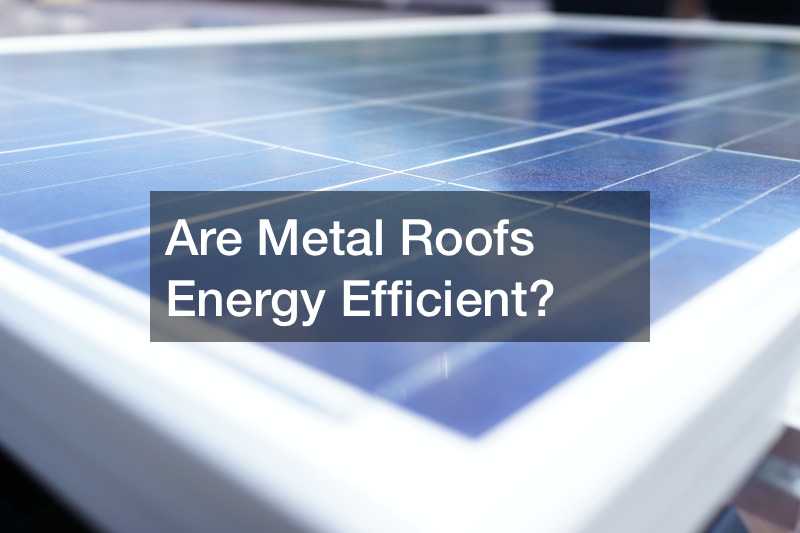
Since 2015, more homeowners are choosing to get metal roofs. They last longer than asphalt roofing. They are also more expensive. The price has not stopped the demand for metal roofing.
According to the Freedonia Group, the expected demand for metal roofing will rise another 2.3% in 2023. Todd Miller, president of Isiah Industries, explores the energy efficiency of a metal roof.
Metal roofs are energy efficient in three ways. The first way is that metal roofing has little thermal mass. Materials like tile collect and store heat during the day. Metal gains and loses heat quickly. This means saving up to 25% on bills to cool your home in the summer.

The second way metal roofs are energy efficient is through their heat-reflective coating. This also helps to stop a home from overheating. Even dark-colored roofs reflect radiant heat. These kinds of roofs are eligible for tax credits under the Energy Star program. Metal roofs come in far more colors than tile roofs.
Metal shingle roofs with integral airspace between the metal and the roof’s decking lumber block conductive heat transfer. This acts similarly to the dead space between panes of glass in a thermal pane window. This helps prevent overheating of attics or crawlspaces. Overheated attics can damage asphalt shingles.
